AMD Ryzen 7 9800X3D Power Consumption
We found something strange with this system in terms of power consumption. We were ~10-13W higher on this CPU at idle than we were with the AMD Ryzen 7 9700X or Ryzen 9 9800X.
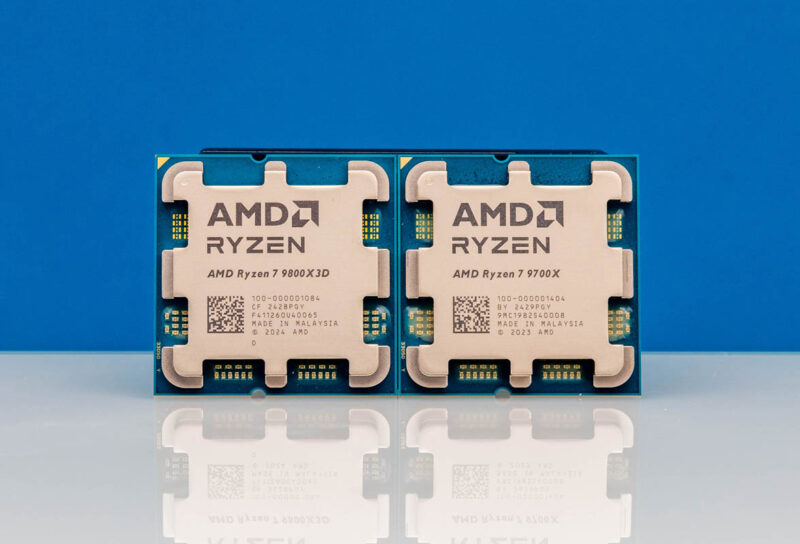
Under load, this was nowhere near a top-end CPU. We did not even hit 200W at the wall. Also, under most usage other than synthetic load generation, we were in the 140-160W range. For many, the GPU will be the bigger power draw in a system.
Key Lessons Learned
It is really strange. We live in a world with 16-core CPUs and CPUs that mix P and E cores. For many who just want a lot of performance across a few cores, the AMD X3D parts have been doing really well for a long time. Both AMD and Intel spend a lot of effort trying to show their non-X3D parts can be better than the older generations of X3D parts.
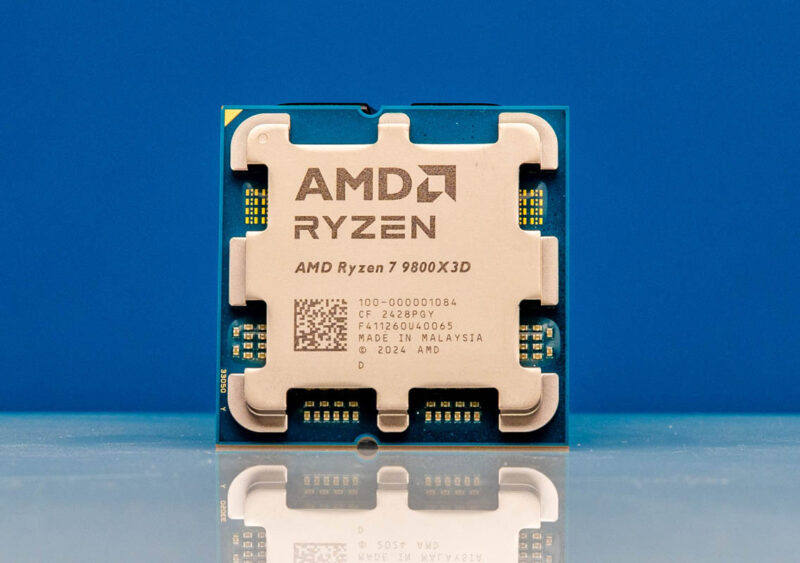
If we were building a gaming PC, then this is clearly the CPU we would get today. For a lot of folks, if you are not going to be using 16 cores, or perhaps more than 8 cores, then this is the CPU to get to pair with a PCIe GPU. It has neither a massive NPU nor massive integrated graphics. At the same time, this is great if you simply do not need those features.
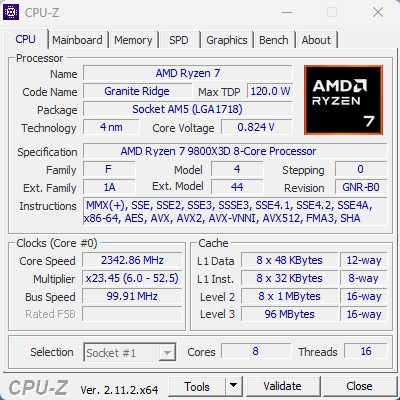
Both Patrick and I have servers built on the ASRock Rack AM5D4ID-2T BCM that also have X3D parts installed. The idle power consumption is one factor that might give us pause, as well as the fact that the previous generation Ryzen 7 7800X3D might end up being a better value. Still, this is a very good part.
Final Words
At $479, it is at least worth noting that the price of this chip alone is not far from some of the mini PCs we have reviewed based on a lower-power 8-core Zen 4 SoC. Of course, the idea here is that you are building a much more powerful system. If the price feels too high for a non-gaming PC, then there are plenty of other options out there. For those that have applications that can use the extra 3D V-Cache, and the updated Zen 5 cores, the new AMD Ryzen 7 9800X3D is the best option on the market right now.
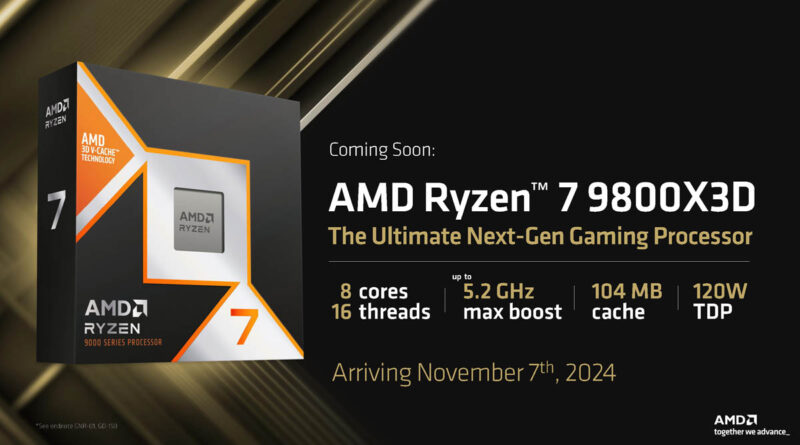
Some may lament that it is only 8 cores and 16 threads. On the other hand, it does not have the one of two CCDs with 3D V-Cache that we have seen in some previous designs, making scheduling easier. For what it is, the AMD Ryzen 7 9800X3D is great.
Of course, we would love to hear what you think about these new chips.

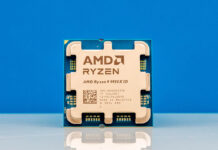


“It has neither a massive NPU nor integrated graphics”.
Are you sure about the graphics? There should be some basic graphics on the IO die (there are for the non-3D part). If AMD have disabled that for this chip (or if it has a different IO die), that’s significant enough that it should be explicitly called out.
@James
They haven’t disabled anything. It uses the standard AM5 IO die with 2 CUs of RDNA 2 iGPU.
As far as I know there’s only one SKU that has the iGPU disabled – Ryzen 5 7500F.
Does this downclock memory if 4 DIMMs are fully populated? If so, how much?
@James
Official specs are on AMD’s site. 4 DIMMs limit the officially supported speed to DDR5-3600. Anything above it is overclocking, but might work.
James – Just edited that to be “nor massive integrated graphics” to make it more clear. I know we tested it and the motherboard we used supports it.
I’d like to see an Epyc/Threadripper with 3D Vcache on all CCD’s.
Reason being that when you have a 7950x3d (and I assume same for 9950x3d), when you spin up a game, the scheduler nearly disables the non-3dvcache cores, so that the game doesn’t try to use both CCD’s. In some early cases the mixed ccd does not disable the non-vcache ccd and you get worse performance. This is mostly no longer the case, but if you don’t need every last ounce of frequency on those higher frequency/lower cache parts then why not?
An epyc that has Zen5 x3d ccd’s for all…probably cost a lot, but 128 cores (16ccd’s) …that would be 1.5Gb of cache for a single chip…databases would scream with performance.
we want you build server with 9800x3d too
please run 5-6 games on linux like cyberpank,fortnight,Canter strike VS 14900k
@ramin pro cyberpank. Canter strike.